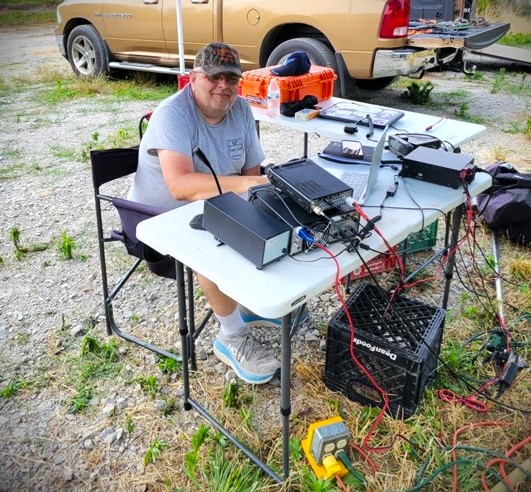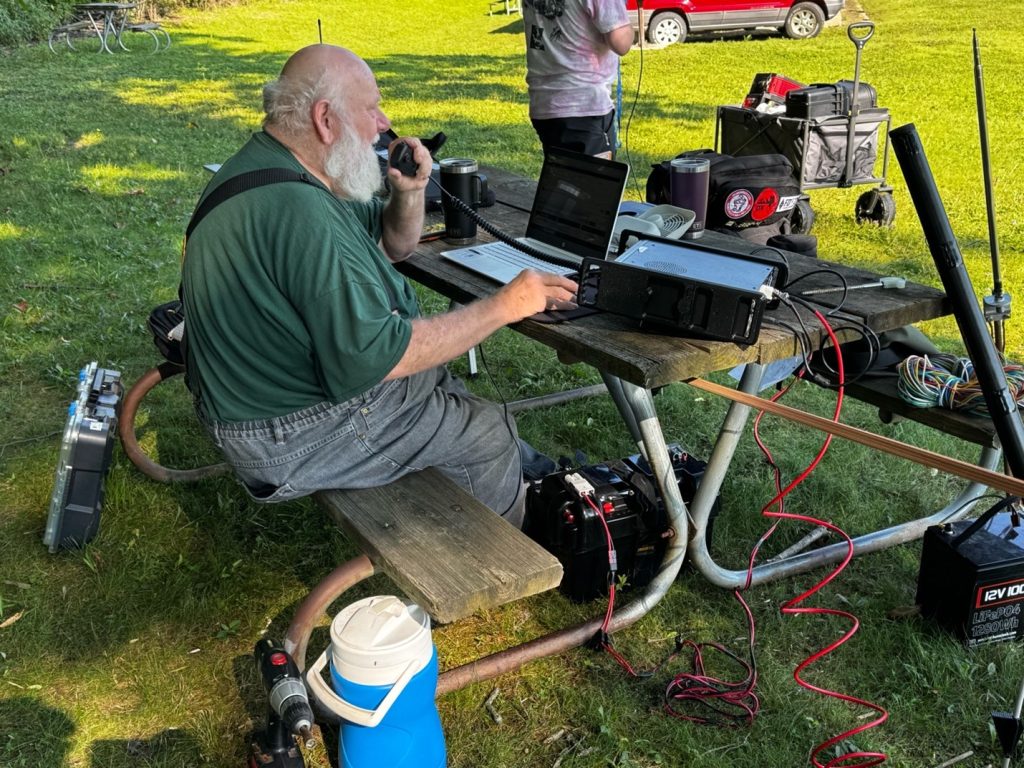Every June, we’re reminded of how much Parks On The Air® (POTA) and ARRL Field Day have in common. If you’ve participated in Field Day, chances are you’ve applied skills and techniques learned through POTA activations—often without even realizing it.
ARRL Field Day, a long-standing tradition dating back to the 1930s, highlights the emergency communication aspect of amateur radio. The ability to set up a fully functional station in the field—often from scratch—is an essential skill in disaster response scenarios.
While POTA is primarily a fun and engaging way to enjoy the hobby, it also serves as excellent training for emergency preparedness. Through regular POTA activations, operators naturally build valuable skills like pileup management, propagation analysis, troubleshooting, and operating under less-than-ideal conditions. Over time, many find that Field Day-style operations become second nature.

The similarities between POTA and Field Day are significant:
- Setting up and operating from non-standard or remote locations
- Using alternative power sources such as batteries, solar panels, or portable generators
- Dealing with the logistics of antenna setup, inclement weather, and basic field survival (including food and shelter)

In fact, the overlap between POTA and Field Day is greater than their differences, which include:
- Field Day is a focused 24-hour (or 27-hour) event held once a year, while POTA runs year-round.
- Field Day does not allow use of the 60M or WARC bands (30M, 17M, and 12M), which are permitted in POTA.
- For POTA, a minimum of 10 contacts is required for a successful activation, though every contact counts toward your stats. Field Day, by contrast, emphasizes making as many contacts as possible within the event window.
- POTA activations must occur in park locations that are on the approved list, while Field Day stations can be set up almost anywhere.
- Field Day offers bonus points for various achievements (public location, copying the W1AW bulletin, etc.), while POTA offers a wide range of awards but no bonus points.
This year, I experimented by setting up my Field Day station using only the gear I typically use for POTA, aside from the club’s generator. Since most of my POTA activations are short (a couple hours or less), my usual power setup wasn’t sufficient for the longer Field Day duration. For next year, I plan to bring larger batteries and solar panels to extend my station’s runtime.
Some operators take it a step further by combining the two activities—participating in Field Day from a designated POTA park. It’s a fun way to double your impact. Since the POTA park number isn’t required in the Field Day exchange, logging both events simultaneously is easy. Most logging software can even export files in the appropriate formats for both submissions.
In the end, POTA serves as year-round training for Field Day—an excellent side benefit to an already rewarding activity.
So grab your gear, head to a park, and get on the air!

